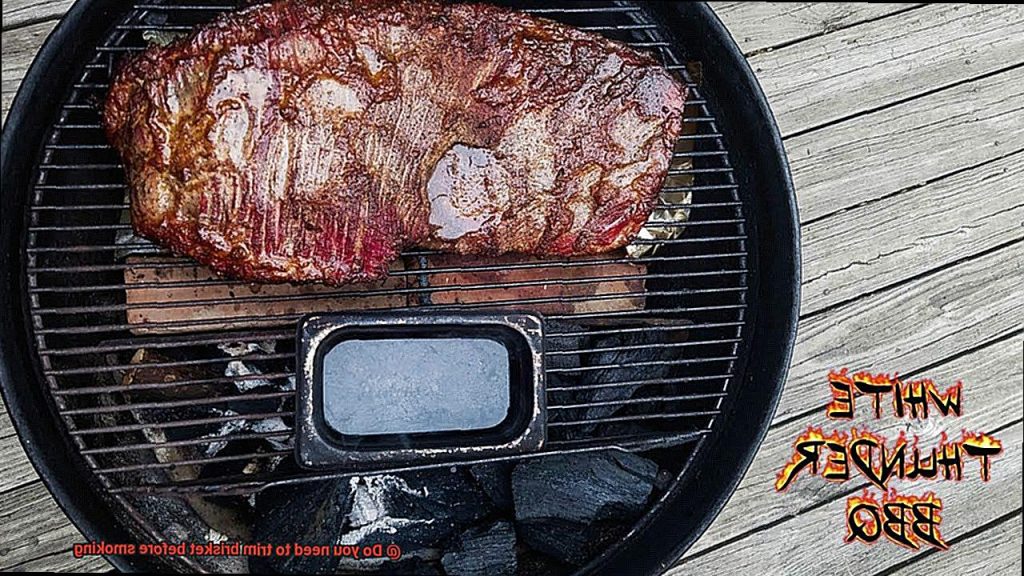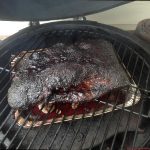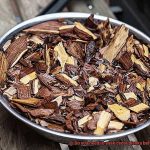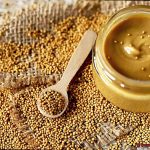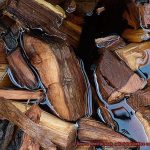Imagine this: you’ve been eagerly anticipating smoking a mouth-watering brisket all week, but when you finally get your hands on it, it’s covered in a thick layer of fat. Now you’re left with the age-old question – should you trim it off or leave it there to enhance the flavor?
For BBQ enthusiasts, this is a common dilemma – do you need to trim brisket before smoking? The answer might surprise you.
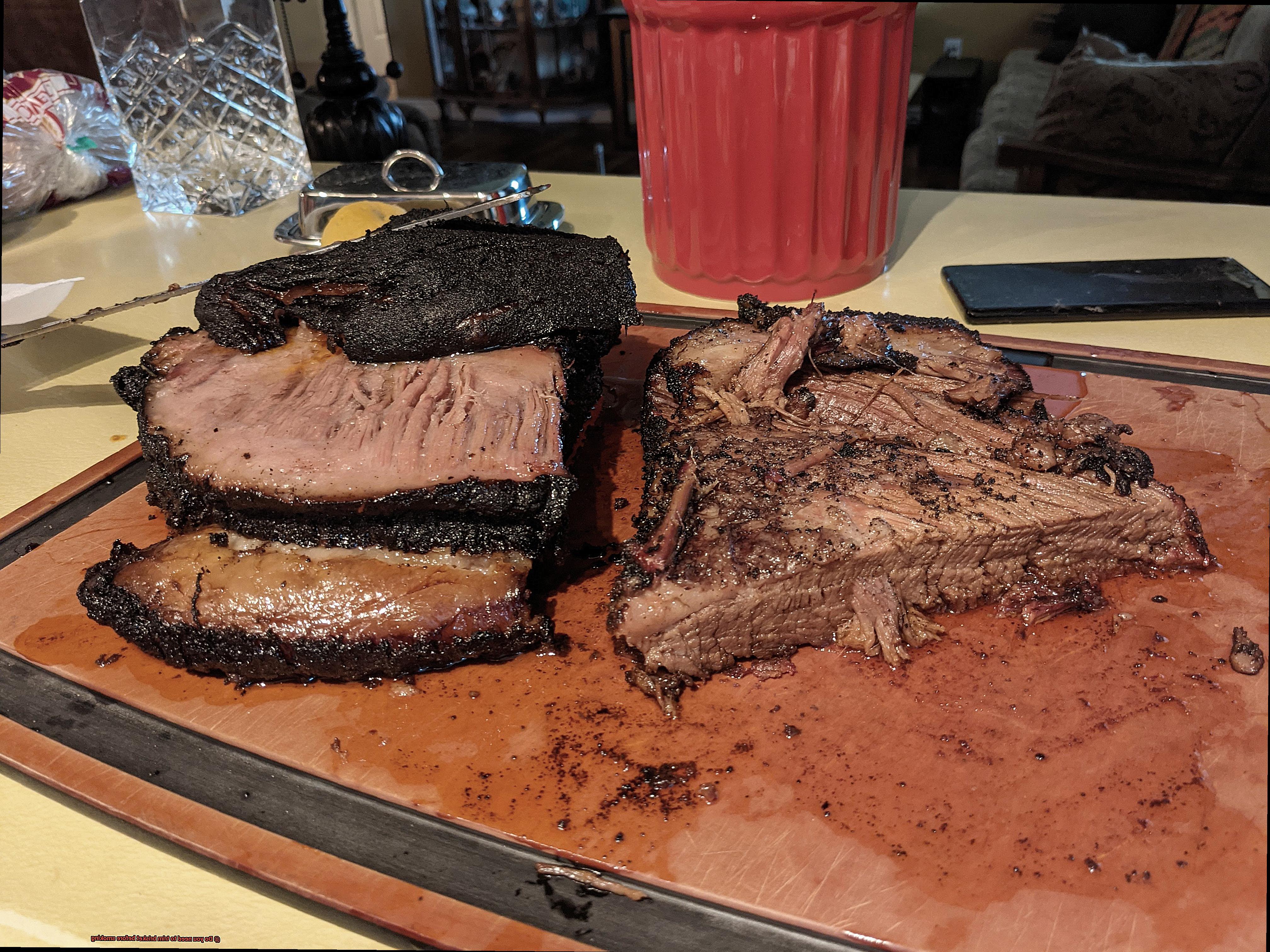
Trimming brisket is entirely up to personal preference, but it can significantly impact the final outcome of your smoked meat. Some believe that leaving the thick layer of fat on top of the brisket can make it more flavorful and juicy, while others argue that it can lead to a greasy and unappetizing outcome.
In this blog post, we’ll delve into why some BBQ experts believe that trimming your brisket is the key to a perfect smoke. From removing excess fat to creating a more uniform shape, we’ll explore the main reasons why trimming is an essential step in the smoking process.
But wait, there’s more. We’ll also discuss how much fat to leave behind and share some of the best techniques for trimming your brisket. With these tips and tricks at hand, you’ll be well on your way to mastering the art of smoking the perfect brisket. So grab yourself a cold drink and let’s get started.
Contents
What is Brisket?
Brisket is a unique cut of beef that is prized for its rich, beefy flavor and tough, fibrous texture. It comes from the lower chest of the cow and requires slow cooking to break down the connective tissues and render the fat. But before we delve into smoking and cooking techniques, let’s explore the anatomy of a brisket.
There are two main parts to a brisket: the point and the flat. The point is the thicker and fattier end of the meat, while the flat is leaner and more uniform in shape. These two sections cook differently and have different textures and flavors, so it’s essential to keep them intact when smoking.
Trimming your brisket before smoking is crucial for several reasons. First and foremost, it allows for better smoke penetration and flavor absorption. If there’s too much fat on your brisket, the smoke won’t be able to penetrate the meat properly, resulting in a less flavorful end product. Trimming also helps with even cooking, as it allows for more surface area to be exposed to the smoke and heat.
When it comes to how much to trim, you want to strike a delicate balance between leaving enough fat for flavor and moisture retention, but not so much that it interferes with cooking and flavor absorption. Generally, it’s recommended to leave about 1/4 inch of fat on the brisket, but this can vary depending on personal preference and the quality of the meat.
Before smoking your brisket, it’s crucial to select a high-quality piece of meat. Look for even marbling and a uniform thickness. A well-trimmed brisket should still have some fat on the surface to keep it moist during cooking.
When smoking your brisket, patience is key. It can take anywhere from 8-16 hours or longer for a brisket to cook fully depending on its size and thickness. The low-and-slow cooking method allows the meat to break down slowly and become tender, juicy, and full of flavor.
Why Do You Need to Trim Brisket Before Smoking?
Before you get that brisket smoking, there’s one crucial step you can’t afford to skip – trimming. While it may seem like an extra hassle, trimming your brisket is essential for achieving that melt-in-your-mouth texture and smoky flavor that BBQ enthusiasts crave.
Firstly, excess fat can be a real problem when smoking brisket. Sure, fat adds flavor and moisture to the meat, but too much of it can interfere with cooking and flavor absorption. Not to mention, an excess of fat can cause the meat to have a greasy texture that nobody wants. By trimming off excess fat, you’ll ensure that the meat cooks evenly and absorbs all the smoky goodness.
Secondly, trimming helps to shape the brisket into a more uniform thickness. This is key in ensuring that it cooks evenly and prevents any tough or dry spots. With a uniform thickness, you will also find it easier to slice the brisket later on, resulting in a more aesthetically pleasing presentation.
Now let’s talk about the notorious fat cap. Leaving the fat cap intact during cooking may seem like a good idea, but it can actually cause more harm than good. The fat cap can act as a barrier between the smoke and the meat, preventing it from absorbing the smoky flavor. Furthermore, as the fat melts during cooking, it can cause the meat to become greasy and unappetizing. Therefore, it’s best to trim off most of the fat cap before smoking.
Lastly, trimming allows you to remove any unwanted pieces of meat or connective tissue from the brisket. These pieces can be tough and chewy, detracting from the overall texture of the meat. By removing them before smoking, you’ll ensure that only the best parts of the meat are left to shine.
How Much Should You Trim the Brisket?
Trimming your brisket is a crucial step in achieving that juicy, smoky flavor that will have your guests coming back for more. But the question remains: how much should you trim? As an expert in the world of barbeque, let me guide you through the process.
Firstly, let’s address the elephant in the room – there is no one-size-fits-all answer. The amount of trimming required will vary depending on your preferences and the size and preparation of your brisket. However, here are some general guidelines to get you started.
Start by removing any large pieces of fat that are over a quarter-inch thick. These pieces of fat won’t render down during cooking and can leave an unpleasant greasy texture in your mouth. Nobody wants that, right? Next, trim any parts of the brisket that are overly thick or uneven. This will help the brisket cook evenly and prevent any tough or chewy portions.
Now let’s talk about presentation. If you’re competing in a barbeque competition or serving guests, you may want to trim the brisket for a polished appearance. Removing any unsightly pieces of meat or fat can make your dish more visually appealing. Remember, people eat with their eyes first.
But what about leaving the fat cap intact? Some pitmasters prefer to keep the fat cap on as it renders down during cooking, adding delicious flavor and moisture to the meat. Others prefer to remove most of the fat for a leaner finished product. It’s up to you and your taste buds to decide what works best.
Tips for Trimming a Brisket
If you’re a fan of smoking brisket, then you know that trimming it beforehand can make all the difference in the final result. Trimming your brisket is a crucial step to ensure that it cooks evenly and has a delicious flavor. Here are some expert tips to help you trim your brisket like a pro:
Tip #1: Sharpen your Knife
Before you start trimming, make sure your knife is sharp. A dull knife can make trimming more challenging and potentially dangerous. A boning or fillet knife works well for trimming brisket as it allows you to make precise cuts without tearing the meat.
Tip #2: Remove the Silver Skin
The silver skin is a thin layer of connective tissue that can be tough and unpleasant to eat. Removing it will make the meat more tender and easier to chew, resulting in an overall better eating experience.
Tip #3: Trim the Fat Cap
The fat cap is the layer of fat on top of the brisket. While some fat is necessary for flavor, too much can lead to greasy and unappetizing meat. Trim the fat cap down to ¼ inch or less to allow the smoke to penetrate the meat and infuse it with flavor without making it too fatty.
Tip #4: Eliminate Hard or Gristly Parts
Look for any hard or gristly pieces of meat and remove them as they can be tough to chew and ruin the texture of the brisket. This step will also enhance the visual appeal of your brisket, making it more appetizing.
Tip #5: Trim Uneven Areas
Briskets can have uneven thicknesses, which can result in uneven cooking. Trim any thicker areas down to match the thinner areas for even cooking. This will ensure that every bite of your brisket is equally delicious, with no dry or burnt spots.
Challenges of Trimming a Brisket
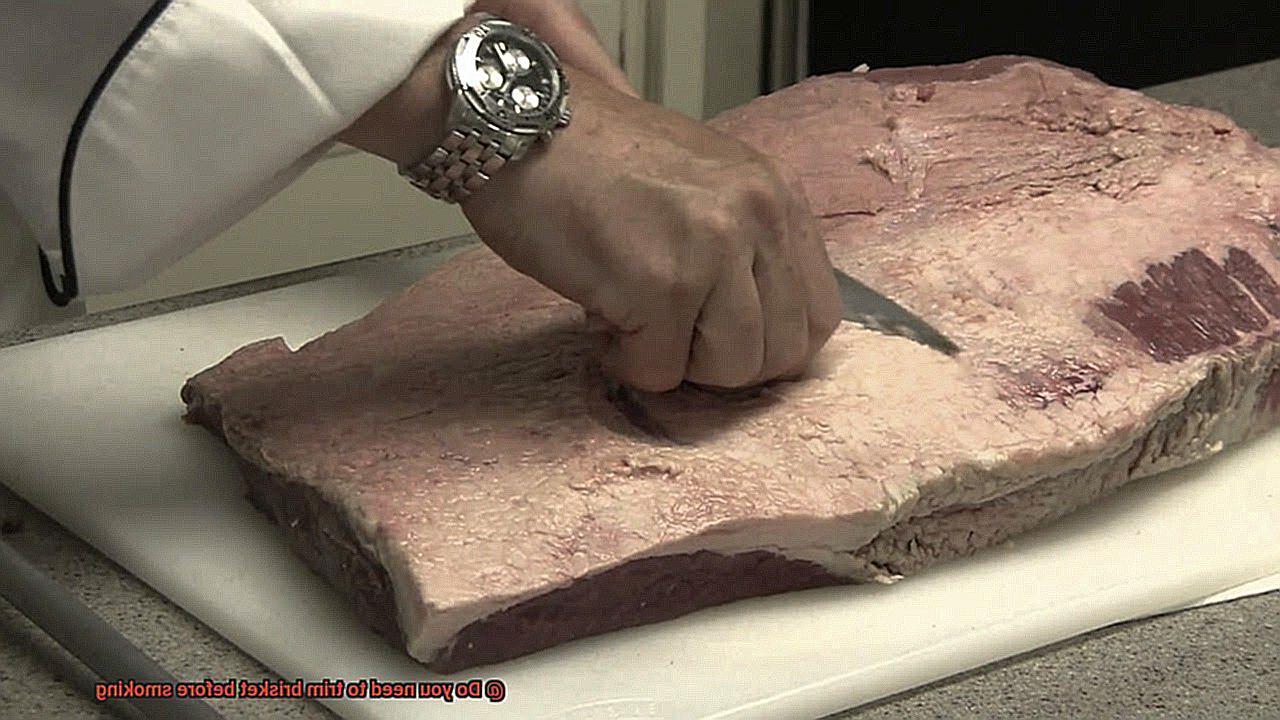
Before you start, there’s a crucial step that can make or break your final result: trimming the brisket. However, this task is not for the faint of heart.
Firstly, the size and shape of a brisket can be overwhelming. It’s like trying to tame a wild beast of meat. It can weigh anywhere from 10 to 20 pounds and can be up to two feet long. You’ll need ample space and a sturdy cutting board to work on, and handling such a large cut of meat can take some getting used to.
Next, we have the issue of fat. While fat is necessary for flavor and moisture, too much can leave your brisket greasy and unappetizing. The challenge lies in striking the right balance by trimming away excess fat without losing too much marbling. It’s a delicate process that requires both skill and patience.
Precision is also crucial when it comes to trimming a brisket. The goal is to create an even thickness throughout the meat while retaining enough fat to keep it moist during cooking. This requires a steady hand and a keen eye for detail. You’ll need to remove just enough fat and connective tissue without overdoing it and ending up with dry meat.
To tackle these challenges, you’ll need the right tools, including sharp knives and a good pair of kitchen shears. A sturdy cutting board and ample counter space are also essential.
But don’t let these challenges discourage you. Trimming a brisket is an essential step in producing mouthwatering BBQ that will have your guests begging for seconds. With practice and persistence, anyone can learn how to trim a brisket like a pro.
Benefits of Trimming a Brisket Before Smoking
Look no further than trimming your brisket before smoking it. While it may seem like a daunting task, the benefits are well worth the extra effort.
First and foremost, trimming your brisket helps create a more even cook. By removing excess fat and unwanted parts, you’ll create a uniform shape, resulting in a tender and juicy end product that is cooked evenly throughout. This means no more dry spots or overcooked edges.
But wait, there’s more. Trimming your brisket also allows for better seasoning penetration. When there is excess fat on the surface of the meat, it can act as a barrier between the seasoning and the meat, preventing it from fully penetrating. By trimming off the excess fat, you allow the seasoning to fully penetrate the meat, resulting in a more flavorful end product that will have your taste buds dancing.
In addition to taste, appearance is also important when it comes to serving up a delicious brisket. Trimming your brisket ensures that it has a clean, uniform appearance that looks as good as it tastes. This is especially important if you plan on serving your brisket to guests or using it for competitions.
And let’s not forget about time. Trimming your brisket before smoking can help reduce cooking time without sacrificing flavor or tenderness. Excess fat takes longer to render down, so by removing it, you can speed up the cooking process and have your brisket ready in less time.
mDVd2H9dov8″ >
Conclusion
In conclusion, the decision to trim brisket before smoking is a matter of personal preference. However, trimming your brisket can have a significant impact on the final outcome of your smoked meat. By removing excess fat and creating a more uniform shape, you can achieve better smoke penetration, flavor absorption, and even cooking. Plus, it’s a great way to eliminate unwanted pieces of meat or connective tissue from the brisket.
To get the most out of your trimmed brisket, it’s recommended to leave about 1/4 inch of fat on the meat. But this can vary depending on individual taste and the quality of the cut. Before smoking your brisket, take care to select a high-quality piece with even marbling and a consistent thickness.
Trimming brisket comes with its own set of challenges – handling its size and shape, finding the right balance between removing excess fat without losing too much marbling, and creating an even thickness throughout the meat. However, with practice and persistence, anyone can learn how to trim like a pro.
The benefits of trimming your brisket are well worth the extra effort. It creates an evenly cooked piece that allows for better seasoning penetration while improving appearance for presentation purposes. Trimming also reduces cooking time without sacrificing flavor or tenderness.
So, grab that knife and get ready to master the art of smoking perfect brisket.

